What is a Head CT Scan?
Computerized tomography (CT) scan is an imaging technique that uses a combination of a special X-ray machine and a computer to obtain cross-sectional images of the internal structures of the body. A contrast material or dye may be injected into a specific part of your body to obtain a more detailed view. The images obtained are used to diagnose a variety of diseases. A CT scan is also called Computerized Axial Tomography (CAT) scan.
Head CT scan is used to obtain pictures of the skull, brain, blood vessels (head), sinuses, etc.
Indications for a Head CT Scan
A head CT scan is indicated to:
- Diagnose skull bone abnormalities, birth defects, abnormal blood vessels, location and size of tumors, brain hemorrhage, stroke, infections, etc.
- Evaluate sinuses, pineal gland or pituitary gland.
- Diagnose the cause of an abnormal mental state, headache, muscle weakness, seizures, loss of vision or hearing, speech difficulty, etc.
Preparation before a Head CT Scan
A radiology technician will ask questions about your medical history. Talk to your doctor about the medicines you are taking and those you should stop taking prior to the procedure. Do not eat or drink at least 3 hours before the procedure. Inform your doctor if you are pregnant, diabetic, have kidney disorders, or are allergic to certain medications.
Head CT Scan Procedure
The procedure is done on an outpatient basis and involves the following steps:
- You will wear a hospital gown and lie on a table that is attached to the CT scanner.
- You may need to swallow the contrast preparation or have an IV line started in your arm if the CT scan involves contrast dye. Inform your technician if you feel any allergy symptoms such as sneezing, itching, etc.
- Your head will be stabilized with a pillow or a strap so you can lie still for the procedure.
- Speakers inside the scanner enable you to communicate with the technician.
- The table will slide into a large donut-shaped machine which takes images while moving around your head, yielding several images (slices) from different angles. It is normal to hear loud, clicking sounds. A computer will transform slices into 3-dimensional images for your doctor to view.
- You may be asked to hold your breath for a few seconds during image capturing.
- The IV line is disconnected and you are removed from the scanner once the procedure is completed.
After the Procedure
You need to drink 6-8 glasses of water to flush out the contrast dye. You can resume usual activities and diet. Your doctor will discuss the results within 48 hours of the procedure or during your follow-up visit. Diabetic patients are required to follow special instructions about their medications for the first few days after the procedure.
Complications of a Head CT Scan
Complications are rare. Some patients may experience slight discomfort or allergic reactions to the contrast dye. Radiation exposure damage may occur in rare cases.




